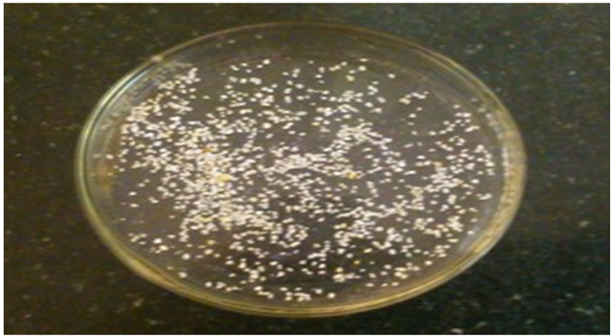Abstract
One of the important problems in the case of psychotic patients is that of compliance with the therapy. Since the routes of administration are invasive, patients resist adhering to the treatment which reduces the efficacy. In the present study, an attempt was made to develop a non-invasive dosage form for the treatment of psychosis. Hence, microspheres of an atypical antipsychotic drug, Risperidone were prepared using HPMC as the polymer by ionic gelation method. Out of the 4 batches of microspheres prepared, Batch F2 (Drug: Polymer ratio 1:2) was found to give better release (about 81%) for 12 hours. SEM studies revealed that the particles were spherical with a smooth surface. Also, it showed satisfactory results for other tests like particle size, micromeritic properties, percentage yield. Hence this batch was further selected to be dispersed in the EC matrix. The matrix was prepared using EC by solvent evaporation method after incorporating the calculated amount of microspheres. Films were evaluated for physicochemical parameters such as thickness, % moisture loss, % moisture absorption, % water vapour transmission and such other tests. Drug content and weight uniformity analysis indicated that the films had relatively uniform weights and Risperidone content with minimum intra-batch variability. The films were stable during the stability studies carried out for one month. Formulation T3 (Drug: Polymer ratio 1:18) gave the highest release, i.e. up to 84% for a duration of up to 24hrs. And hence it was selected to be the best amongst all.
Full text article
Authors

This work is licensed under a Creative Commons Attribution-NonCommercial-NoDerivatives 4.0 International License.

